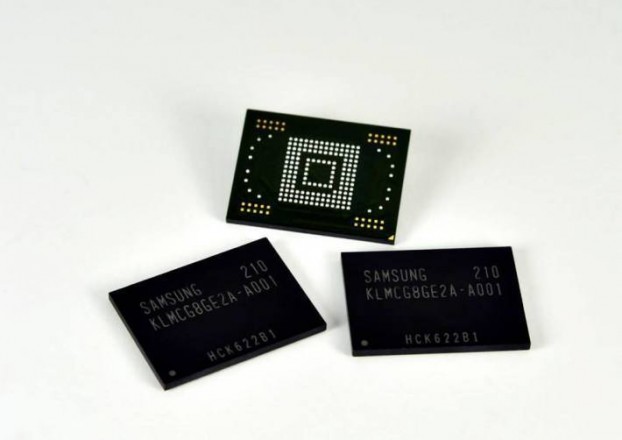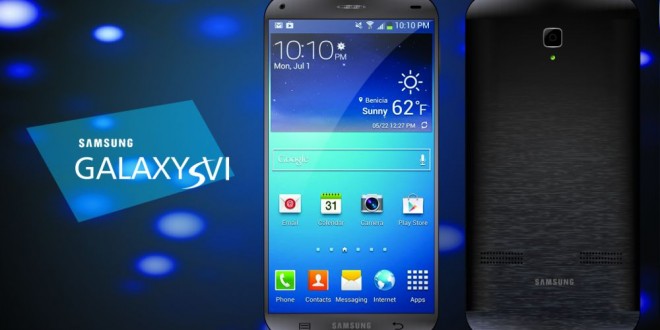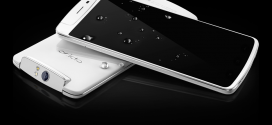With phones gaining more and more computing prowess and bigger screens, one of the main issues that phone developers are facing is the problem of battery life, and this may be an issue for the upcoming Samsung Galaxy S6 or Note 5. Current technology only allows for a limited battery life, and not even Super AMOLED displays or battery saving features seem to do the trick. One way of improving battery life might become a trend next year, as Samsung is supposedly preparing to switch to UFS (Universal Flash Storage), leaving the somewhat outdated NAND storage options behind. Our best bet for which phone is prone to get UFS first? Well, the Samsung Galaxy S6, of course. The main advantages of UFS aren’t limited to smaller power consumption however, as the technology also provides faster data transfer rates as well as improved performance and integration for embedded apps.
UFS is specifically built with mobile applications in mind, focusing on keeping battery drain at the utmost minimum. It’s sort of like an SSD, but in the shape of a low-power multimedia card. Data transfer rates should supposedly triple as well, the technology providing an estimated 1.2 GB/s transfer rate, which is vastly superior to the current 400 MB/s eMMC rate. According to TrustedReviews, a Samsung insider explained that “UFS is an important element for our smartphone business next year. We will start the application centering on flagship smartphones”. In other words, Samsung is going to introduce UFS into its main flagship phones and phablets, which are none other than the Samsung Galaxy S6 (estimated to arrive in April) and the Samsung Galaxy Note 5 (still far away, most likely arriving in Fall 2015). The source also went to explain that the exact 2015 Samsung models that will utilize UFS cannot be disclosed as of yet, but that the South Korean giant is already setting up for the mass-production of the new flash storage systems by the end of this year.

This bodes well for fans of the Samsung Galaxy S series, as the phone is expected to have significantly improved capabilities, and thus, might actually get a better battery life as well. Most sources indicate that the Galaxy S6 will come with a QHD display, aluminum frame, one of the new Snapdragon (808 or 810) CPUs, 4 GB of RAM and of course, Android Lollipop. This is a significant leap from this year’s Samsung Galaxy S5, which was a let-down to many Samsung fans. The company’s market share values have also taken quite a hit over the last two years, so the Samsung Galaxy S6 needs to be the South Korean company’s saving grace.
 Load the Game Video Games, Reviews, Game News, Game Reviews & Game Video Trailers
Load the Game Video Games, Reviews, Game News, Game Reviews & Game Video Trailers


